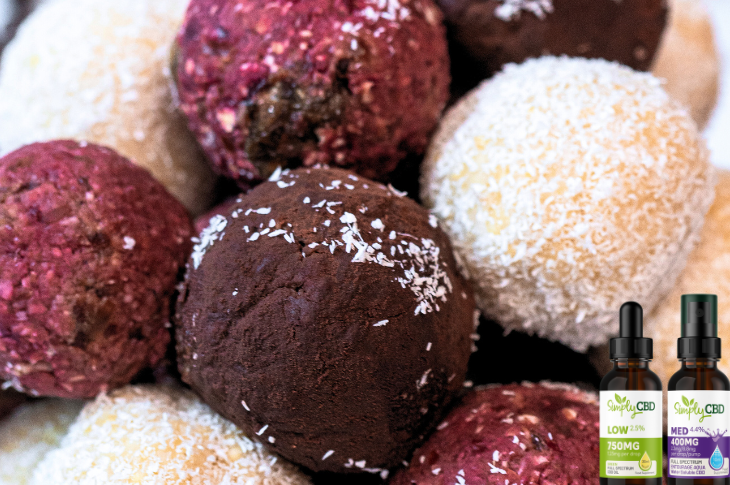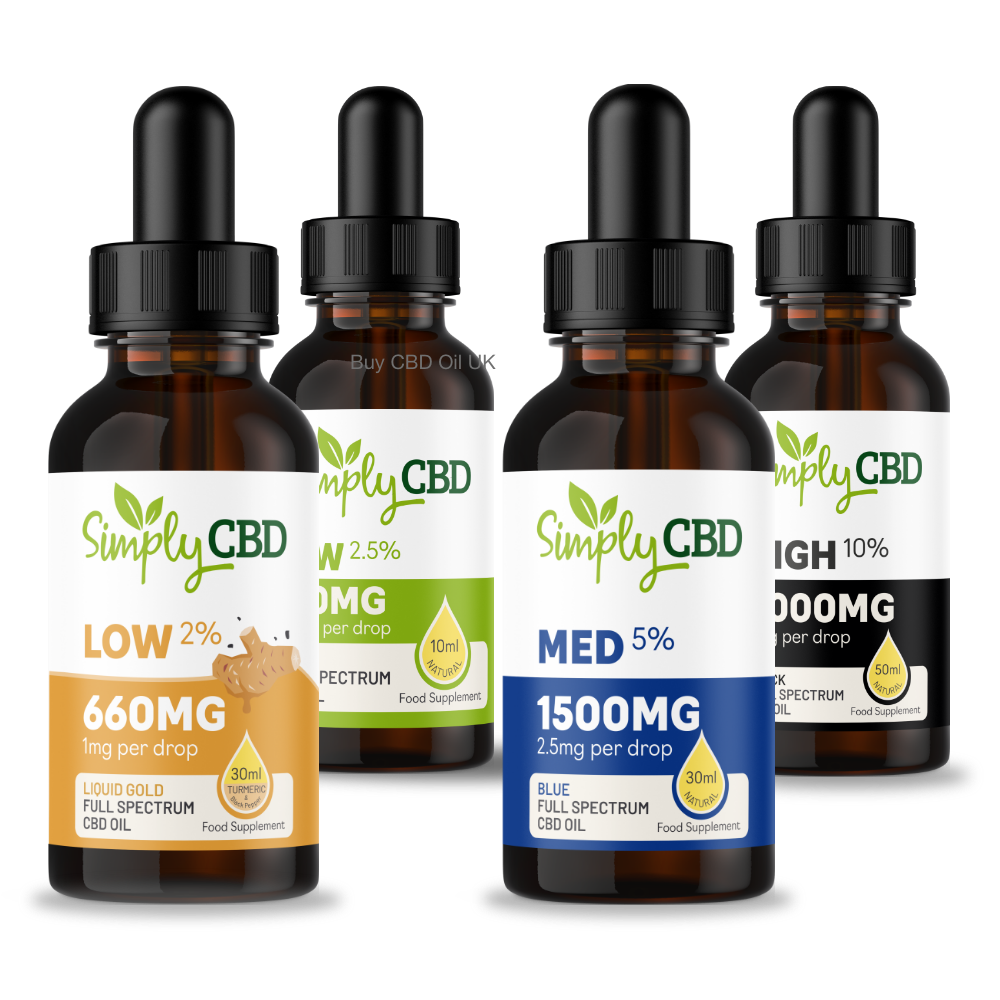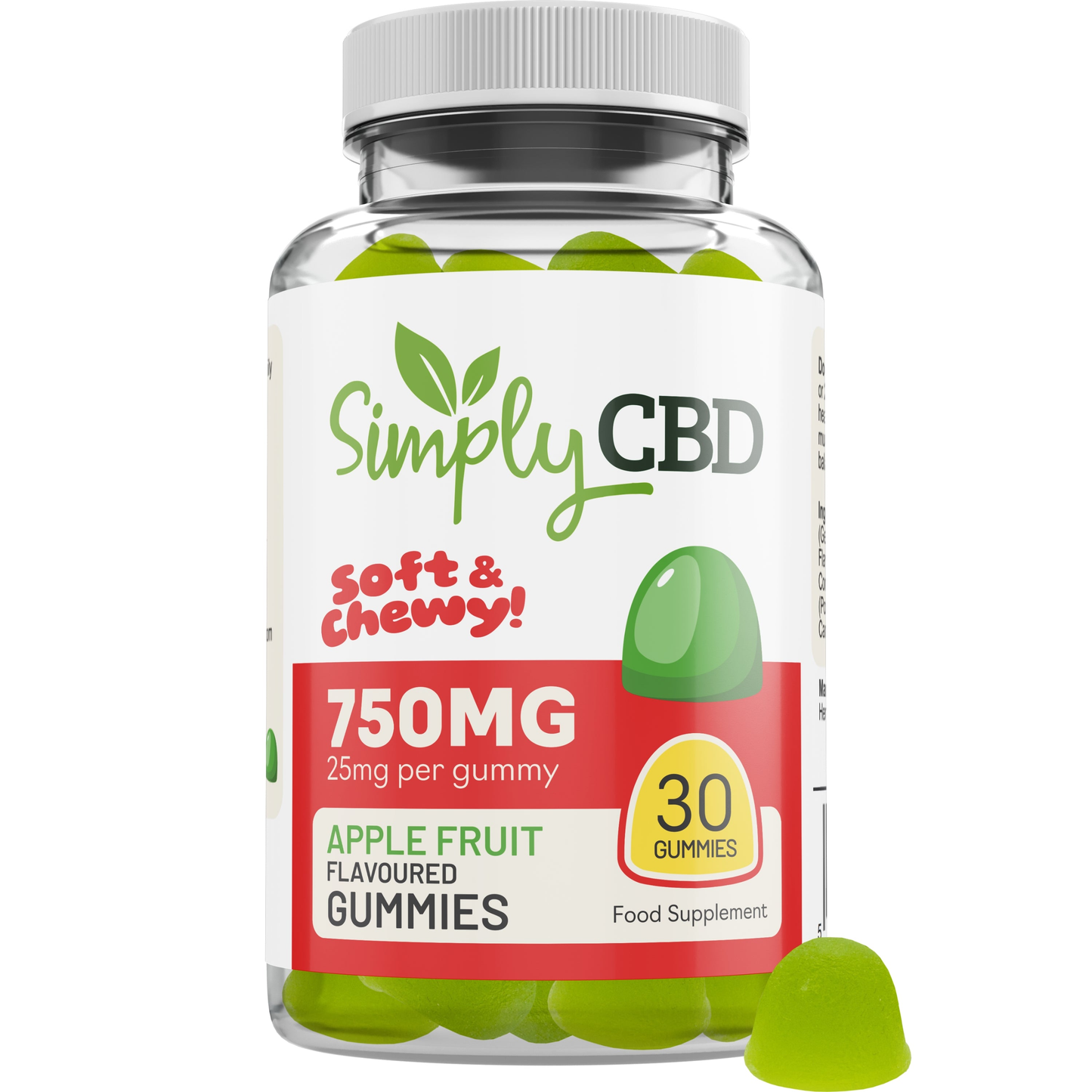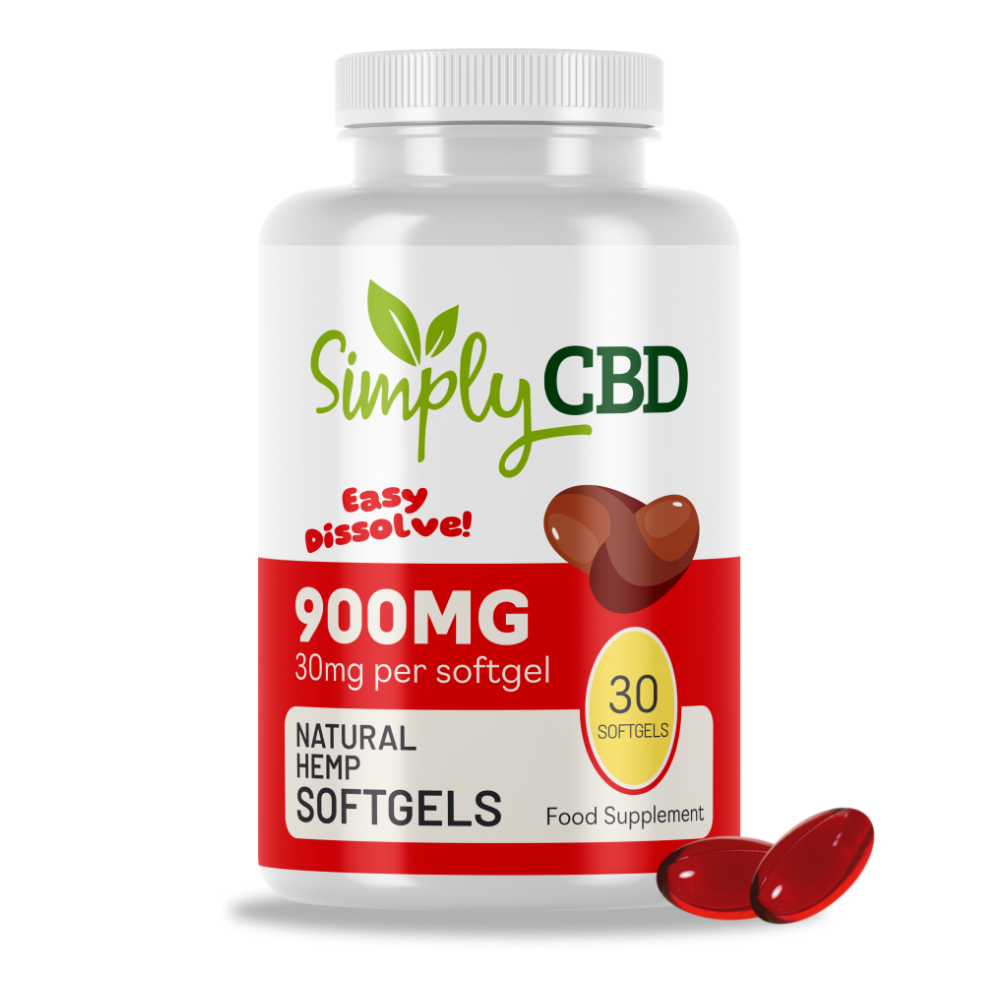
Different CBD companies market and label their products in different ways, which can cause confusion among consumers. Understanding the differences between milligrams (mg) of CBD vs a product’s strength percentage can help users avoid paying more for less. It’s also key to determine the cost per mg of CBD Oil and the amount of CBD in each drop to find the true value of a product. This article breaks down these concepts so users can make informed buying decisions and avoid being misled by confusing marketing tactics.
The difference between MG vs % in CBD labelling
Many CBD companies use mg on their labels as an indicator of a product’s strength. Due to this, there’s a common misconception that if there are more milligrams of CBD in a product, that means it’s stronger. This is incorrect, as the ratio of CBD to the volume within the bottle must be accounted for.

As shown above, if one bottle of CBD oil is 10ml with 500mg of CBD, and another is 30ml with 1500mg of CBD, some people believe that the latter is stronger. In reality, both products are the same strength, 5%, due to the CBD ratios and bottle sizes.
It’s crucial to establish the strength of a product rather than relying on the mg per bottle. This can be confusing for consumers, resulting in people buying larger quantities of the same product instead of higher strength products.
At Simply CBD, we use percentages in our CBD oil product listings to avoid any confusion. While some products include multiple size options, like 10ml or 30ml, the percentages for each size remain the same. For example, our Blue CBD Oil is available in 10ml and 30ml bottles, both of which offer a strength of 5%. This allows our customers to find suitable products and sizes for their needs.
How to determine mg of CBD per drop
In addition to the strength percentage, the mg of CBD or CBG per drop is a useful figure that helps users determine the true value of a product. It’s also a clear indicator of the amount of CBD a user is taking which means they can adjust their dosages accordingly depending on their desired results.
With Simply CBD products, every 10ml of CBD oil produces approximately 200 drops. Using the example above, the 10ml bottle contains 500mg of CBD. Dividing the mg of CBD by the number of drops results in the mg of CBD per drop. In this example, it would be 500mg / 200 drops, which equals 2.5mg per drop.
This is another factor that can be confusing for consumers. At Simply CBD, we always list our mg per drop in the product descriptions to ensure full transparency.
How to determine the cost per mg of CBD
Another way to find the value and cost-effectiveness of a CBD product is to find its cost per mg of CBD. This is a simple process that involves dividing the price of the product by its mg of CBD.
For example, if a 500mg bottle of CBD oil costs £20, users can calculate £20 / 500mg, which shows the price is £0.04 per mg of CBD.
Simply CBD offers the lowest prices per mg of CBD on the market. To make sure our customers understand what they’re paying for, we always disclose our price per mg of CBD in the product information section.
Simply CBD’s prices compared to other CBD brands
As an example, the graphic below shows the price per mg of CBD for our Green, Blue, and Black CBD oils compared to similar CBD oil products offered by some other recognised CBD brands.

Our Black CBD Oil and Brand Oil 3 both contain 1000mg of CBD per 10 ml bottle (10% strength), but the other brand’s product costs £0.04 more per mg of CBD. While that may not seem like a significant number, it actually has a massive impact on the overall price of the product. In this instance, instead of paying nearly £70 for the other brand’s 10ml product, Simply CBD’s 10ml Black CBD Oil costs £30. Essentially, users get the same amount of CBD oil at the same strength for a fraction of the cost with our product.
Understanding the contents of a CBD product
It’s important for consumers to understand what they’re getting for their money when comparing products. When buying CBD products, users can choose between isolate, broad spectrum, and full spectrum options. Isolate products contain only CBD extract, while broad spectrum products contain CBD and a select range of other cannabinoids and compounds. In contrast, full spectrum CBD products include all of the cannabinoids and plant compounds found in the hemp plant.
Full spectrum products are often seen as more natural than others as their extraction involves less processing. They can also be more effective due to the interaction between the different cannabinoids and other plant compounds (otherwise known as the entourage effect). Customers also like to ask what CBD oil tastes like, which can be found in another article.
It’s important for users to factor in the types of CBD products they’re comparing for a clearer understanding of their contents. Comparing like-for-like products is also key in determining a CBD product’s true value.
Key takeaways
The key points to remember when shopping for CBD products include:
- A product’s mg of CBD does not necessarily equal its strength.
- Percentages and the mg per drop are key indicators of the strength of any CBD oil.
- When looking to understand the price of a product, determining how much each mg of CBD costs is a helpful indicator of its value.
- Users should always be careful when purchasing CBD products as labelling, marketing, and other sales tactics can be misleading.
- It’s important to understand the contents of a CBD product, including whether it’s an isolate, broad spectrum, or full spectrum product.










